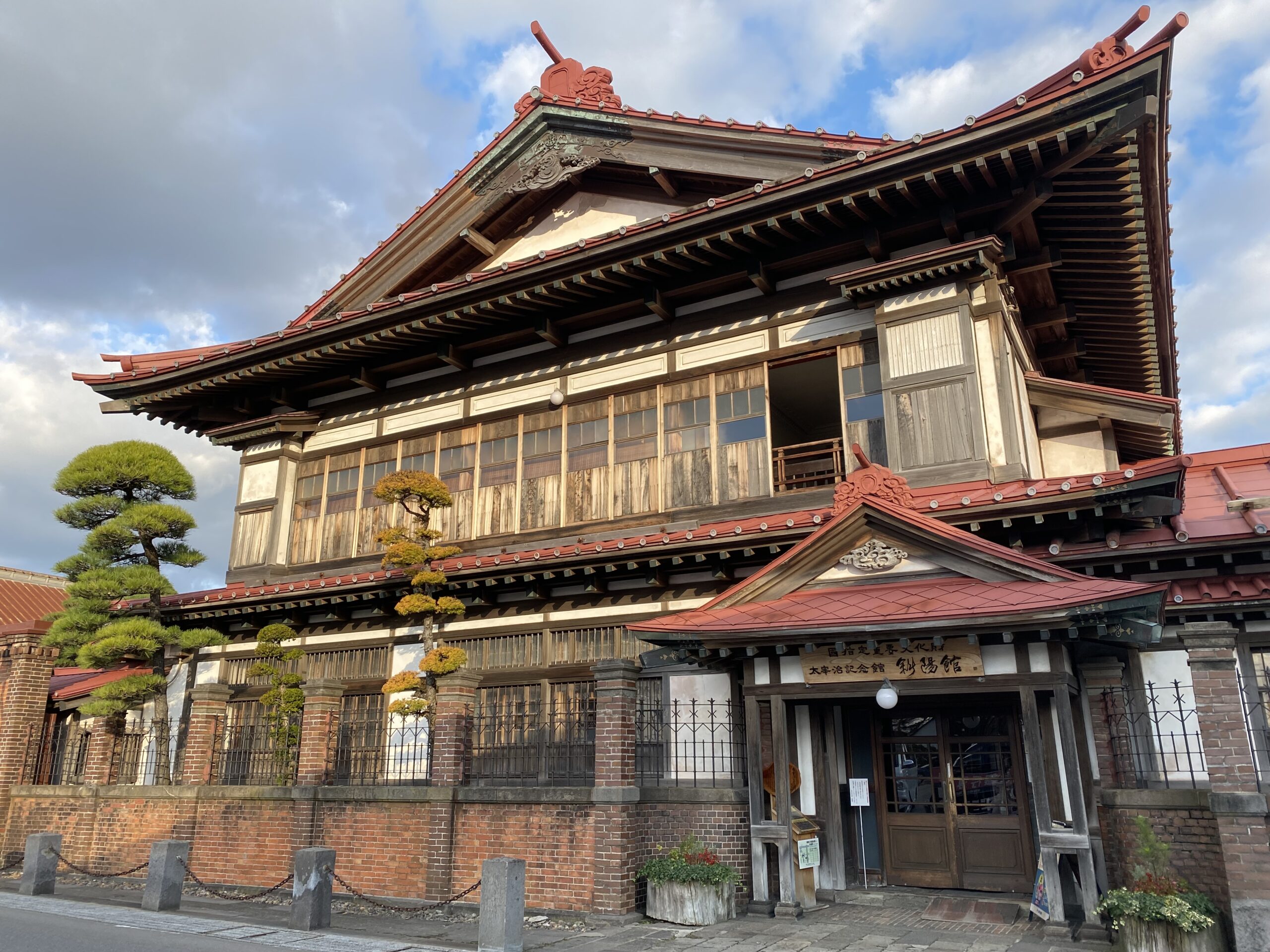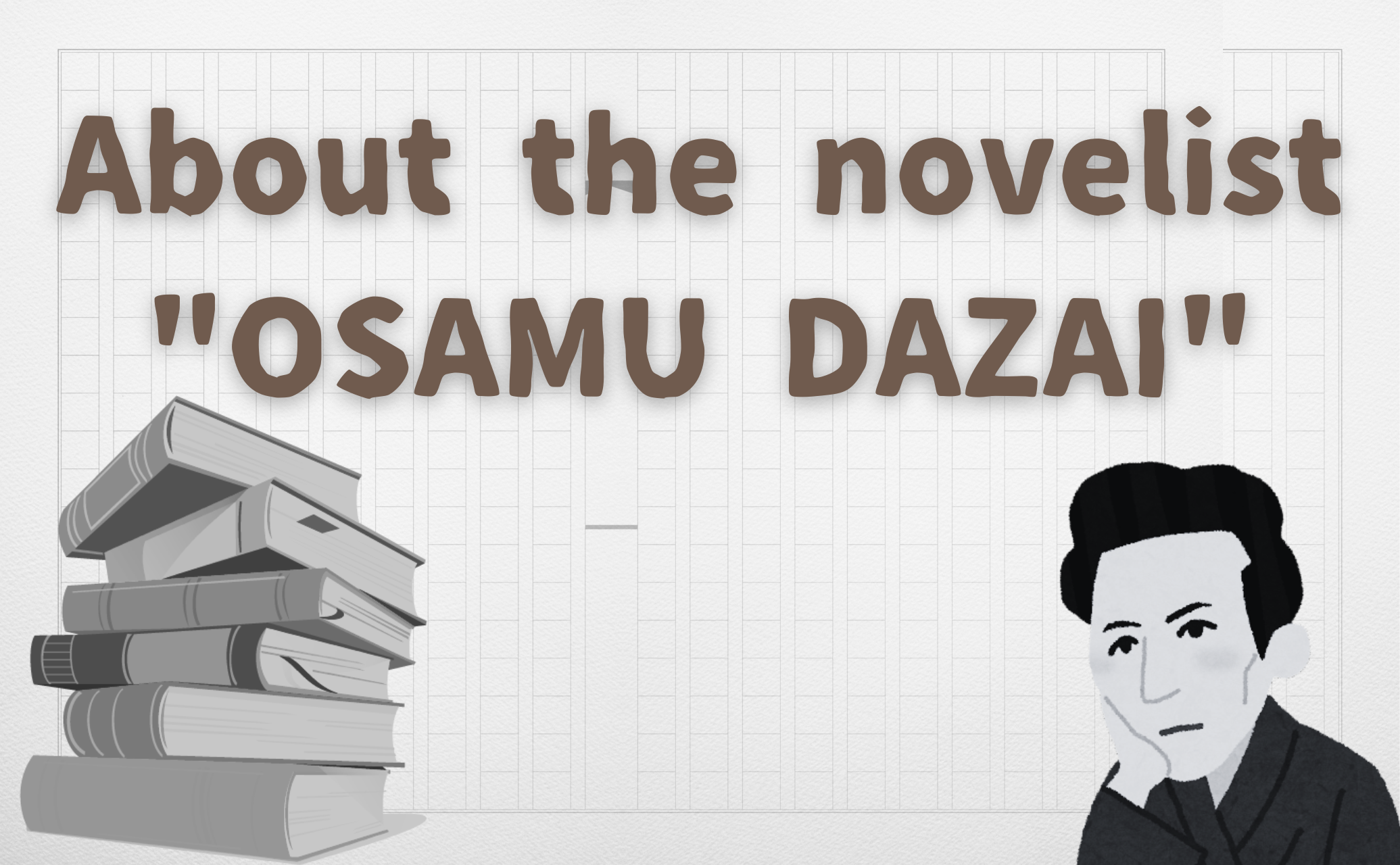Do you know Osamu Dazai, one of Japan’s most famous novelists? He was a novelist active during the 1920s and 1930s, and although it has been more than 60 years since his death, many people still love to read his works. I am one of them. His charm may lie in the fact that he was desperate, self-deprecating, and doomed. It is also because he was so talented. I would be happy if those who have read his works, as well as those who have never read them, could understand his charm, even if only a little.
Selected Works
The setting sun
Each of the three main characters represents a period in his own life. The story takes place after the World War II, when the aristocratic status system was abolished. The work depicts a period in which even morality is subject to change through the love of a sister and brother. At the time of its release, the work caused a sensation, and the word “Shayo”(title in Japanese) took root in everyday Japan.
Tsugaru
This work describes a return to Tsugaru, Aomori Prefecture, where he was born and raised. Although it seems to be a travelogue, it is interwoven with fiction and is considered a novel. I like his humorous aspects scattered in this work. When you visit the “Shayokan” (see below), I hope you will read this work while you are there.
No longer human
In fact, it is one of the best-selling novels in Japan. Its shocking title attracts people. It has a strong aspect of a personal novel, and since it was the last work completed before his death, it is also considered to be his last will and testament. The protagonist’s inability to live well in society has always been a source of sympathy for readers.
Osamu Dazai’s hometown
He was born in a place called Kanagi, located on the Tsugaru Peninsula in Aomori Prefecture. He was born into a rich family that was known as a prominent local figure. As evidence of this, his birthplace, which now houses the Osamu Dazai Memorial Museum (Shayokan), is very splendid.
Here, visitors can view Osamu Dazai’s literary materials. At the same time, the historical architecture of the Tsushima family (Dazai’s real name was Tsushima), a large landowner in the area, is also of value.
Visiting this area, we feel that we can feel the roots of his works from the climate and surroundings. If he had been born on a southern island, he would not have created works such as “No longer human” for example.
Osamu Dazai Memorial Museum “Shayokan”

Access to the Shayoukan is very inconvenient. It is recommended that you do not only visit here, but also go sightseeing in the surrounding area. Especially, you should not make a day trip from Tokyo. Plan to stay at least one night!
Access
Tokyo Station–(Tohoku Shinkansen)200min.–Shinaomori Station–(JR Ou Line)30min.–Kawabe Station–(JR Gono Line)30min.–(Tsugaru Railway)20min.–Kanagi Station
From Kanagi Station, it is about a 10-minute walk.
Train connections are not always good, so you should check the schedule in advance!
Click here to search for routes.
Time required
30-40 minutes if you just want to look around. The museum is large and there are many rooms to see. If you want to take your time to look at the materials, you should allow an hour.
The last place of his life and his Memorial Day “Oto-ki”
The end of his life is particularly famous. Many times he went to his death voluntarily, often accompanied by a woman. The place where he truly met his end was Tamagawa-josui (aquedact) in Tokyo. He was accompanied by his mistress this time as well, and the two bodies found were tied together at the waist with a cord.
According to modern psychiatry, he was suffering from some kind of mental illness. The truth of why he chose to die is unclear.
His body was found on June 19, his birthday, which is also the month of June when cherries are in season, and the date is designated as ”Oto-ki” in reference to the “Cherries”(in Japanese “Oto”) in the title of his works.On that day, his fans still gather at his grave at Zenrin-ji Temple in Mitaka, Tokyo, to remember him.

